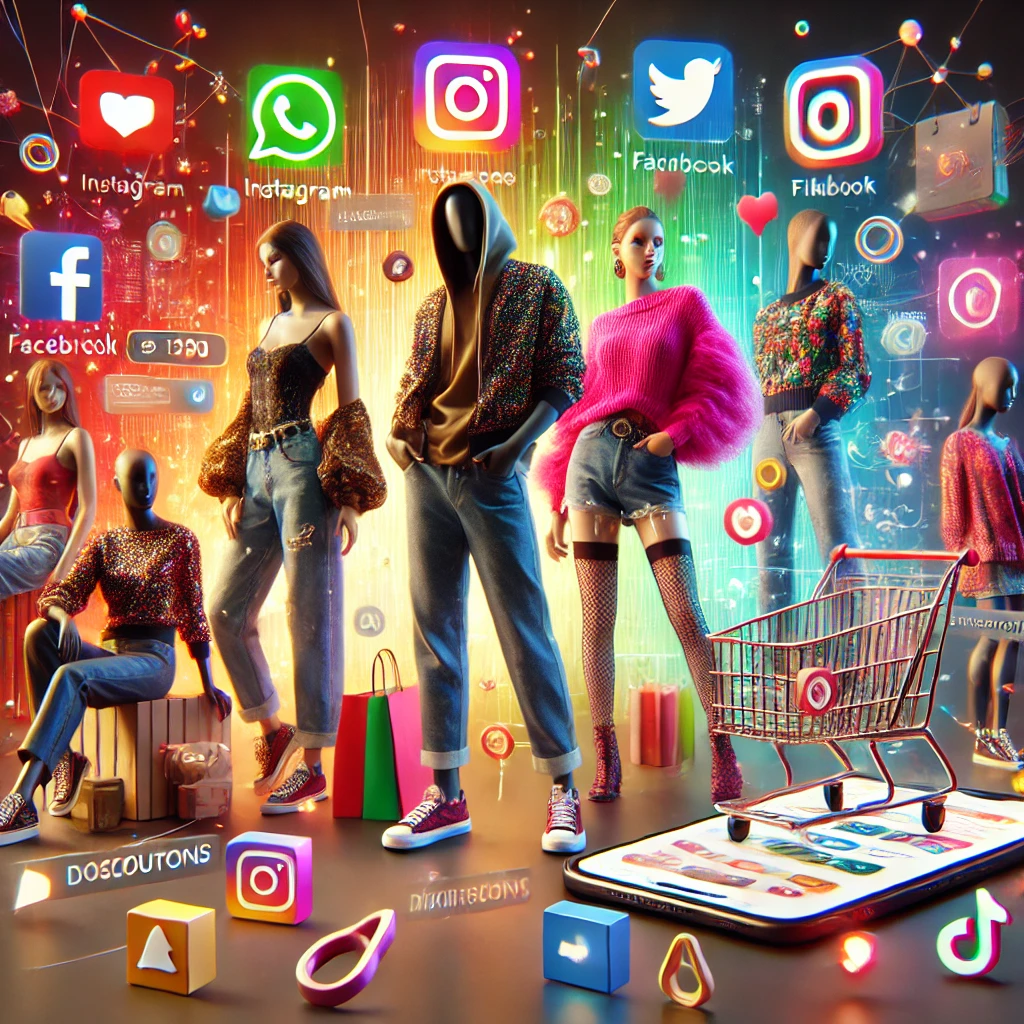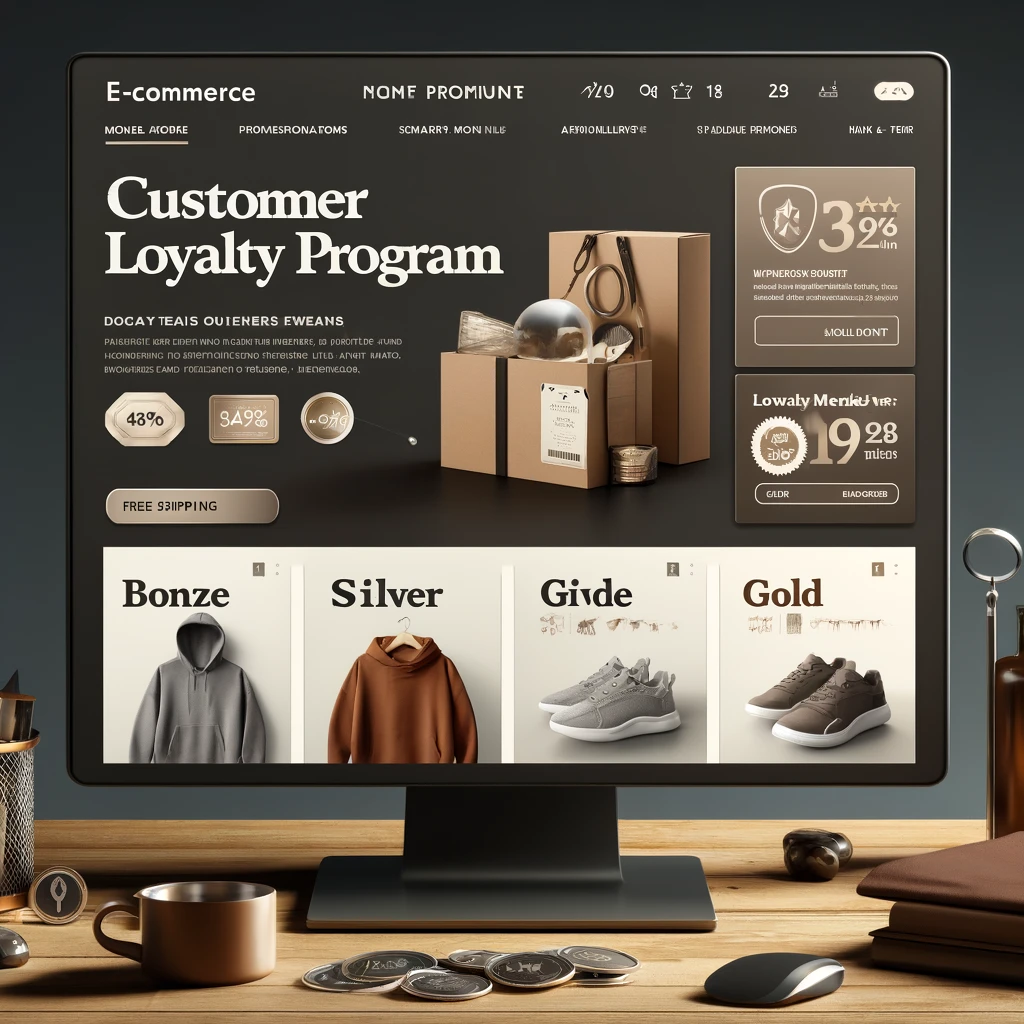
Campaign Objective
The primary goal of this campaign is to boost sales and enhance customer engagement. By leveraging multiple digital platforms, the campaign will focus on attracting new customers, retaining existing ones, and building a loyal community around the brand.
Target Audience
- Demographics: Women and men aged 18-35
- Interests: Fashion, trends, online shopping, social media
- Behavior: Regular users of Instagram, Facebook, and TikTok; online shoppers; mobile-friendly
Campaign Strategy Overview
- Social Media Engagement and Influencer Partnerships
- Email Marketing for Retention and Upselling
- Paid Social Media and Search Ads
- Interactive Website Features
- Referral Program and User-Generated Content (UGC)
1. Social Media Engagement and Influencer Partnerships
Platforms: Instagram, TikTok, Facebook
Tactics:
- Instagram Reels & TikTok Challenges: Create a branded hashtag challenge encouraging users to style and post their outfits using the store’s products.
- Influencer Partnerships: Collaborate with micro-influencers to showcase the latest collections through video hauls, styling tips, and try-on reviews. This approach allows the brand to reach a targeted and engaged audience.
- Live Streams & Giveaways: Host live streams on Instagram or TikTok where influencers showcase new arrivals or give fashion advice. During the stream, run a giveaway for viewers, driving immediate engagement and boosting sales.
KPIs to Track:
- Engagement rates (likes, comments, shares)
- Reach and impressions
- Hashtag usage
- Sales generated from influencer collaborations
2. Email Marketing for Retention and Upselling
Target Segment: Existing and past customers
Tactics:
- Personalized Offers: Send personalized emails based on past purchase history, offering exclusive discounts on complementary products.
- Seasonal and Trend Updates: Weekly or bi-weekly newsletters highlighting new arrivals, seasonal trends, and sale announcements. Include “Shop Now” buttons to drive traffic to the site.
- Abandoned Cart Emails: Trigger automated emails for customers who leave items in their carts, offering a limited-time discount to encourage conversion.
KPIs to Track:
- Open rates
- Click-through rates
- Conversion rates from email
- Revenue generated through email campaigns
3. Paid Social Media and Search Ads
Platforms: Facebook Ads, Instagram Ads, Google Ads
Tactics:
- Dynamic Product Ads (DPA): Run retargeting ads on Facebook and Instagram, showing products that users viewed or added to their carts but did not purchase. This is a powerful way to remind them to complete their purchase.
- Google Shopping Ads: Use Google Shopping to display the fashion store’s products in search results for relevant queries like “trendy fall outfits” or “affordable women’s clothing.”
- Lookalike Audiences: Create custom audiences from your most loyal customers and use lookalike targeting to reach similar potential buyers on Facebook and Instagram.
KPIs to Track:
- Click-through rates (CTR)
- Cost per click (CPC)
- Return on ad spend (ROAS)
- Conversion rates
4. Interactive Website Features
Tactics:
- Virtual Fitting Room: Implement a virtual fitting tool that allows customers to try on products digitally. This enhances engagement and can help reduce return rates.
- “Shop the Look” Feature: Add a section where users can browse curated outfits and shop the full look in one click.
- Wishlist and Product Recommendations: Encourage users to save items to a wishlist, with reminders sent via email or in-app notifications. Use AI-driven product recommendations to suggest items based on browsing behavior.
KPIs to Track:
- Time spent on website
- Average order value (AOV)
- Bounce rate
- Conversion rates
5. Referral Program and User-Generated Content (UGC)
Tactics:
- Referral Program: Offer incentives for existing customers to refer friends to the store. For example, provide both the referrer and the new customer with a discount on their next purchase.
- UGC Campaign: Encourage customers to post their outfits on social media using a branded hashtag, with the promise of being featured on the store’s Instagram page or website. Feature these user photos on product pages to build social proof.
KPIs to Track:
- Number of referrals
- Sales from referrals
- UGC participation
- Engagement on posts featuring UGC
Budget Allocation
- Social Media Ads: 40%
- Instagram and TikTok will be the primary focus, followed by Facebook for a broader reach.
- Influencer Partnerships: 20%
- Micro-influencers tend to be more cost-effective and have higher engagement rates.
- Google Ads: 20%
- Search and shopping ads targeted at high-intent shoppers.
- Email Marketing: 10%
- Low cost, but high ROI strategy to retain customers and increase repeat purchases.
- Interactive Website Features: 10%
- Invest in a virtual fitting room and other tools to improve the user experience.
Timeline
- Month 1:
- Launch influencer partnerships and UGC campaign.
- Set up paid social media ads and Google Ads.
- Month 2:
- Introduce virtual fitting room feature and ramp up email marketing with personalized offers.
- Month 3:
- Introduce a referral program and assess UGC campaign impact.
- Continue to optimize ads and email campaigns based on performance data.
Expected Outcomes
- Increased website traffic, especially from social media.
- Higher engagement and brand visibility on Instagram and TikTok.
- Improved customer retention through email marketing and referral programs.
- Boosted sales through dynamic retargeting and personalized recommendations.
By integrating these various digital marketing strategies, the online fashion store will not only increase sales but also strengthen its relationship with customers, creating a loyal community and lasting brand appeal.

